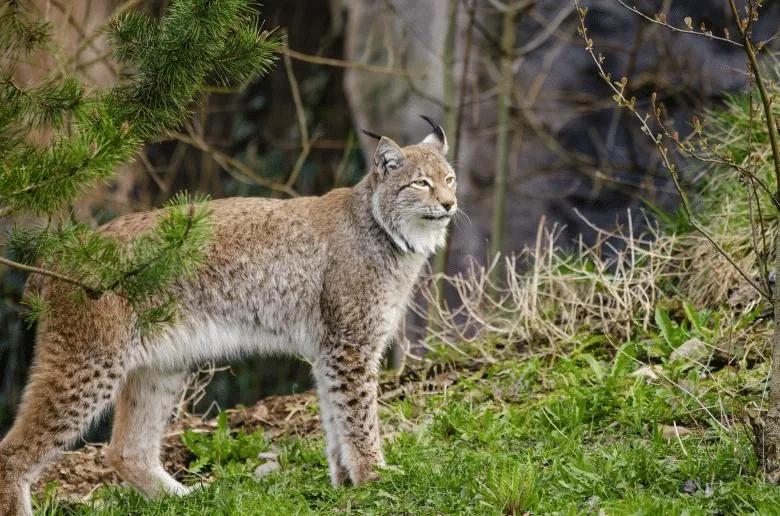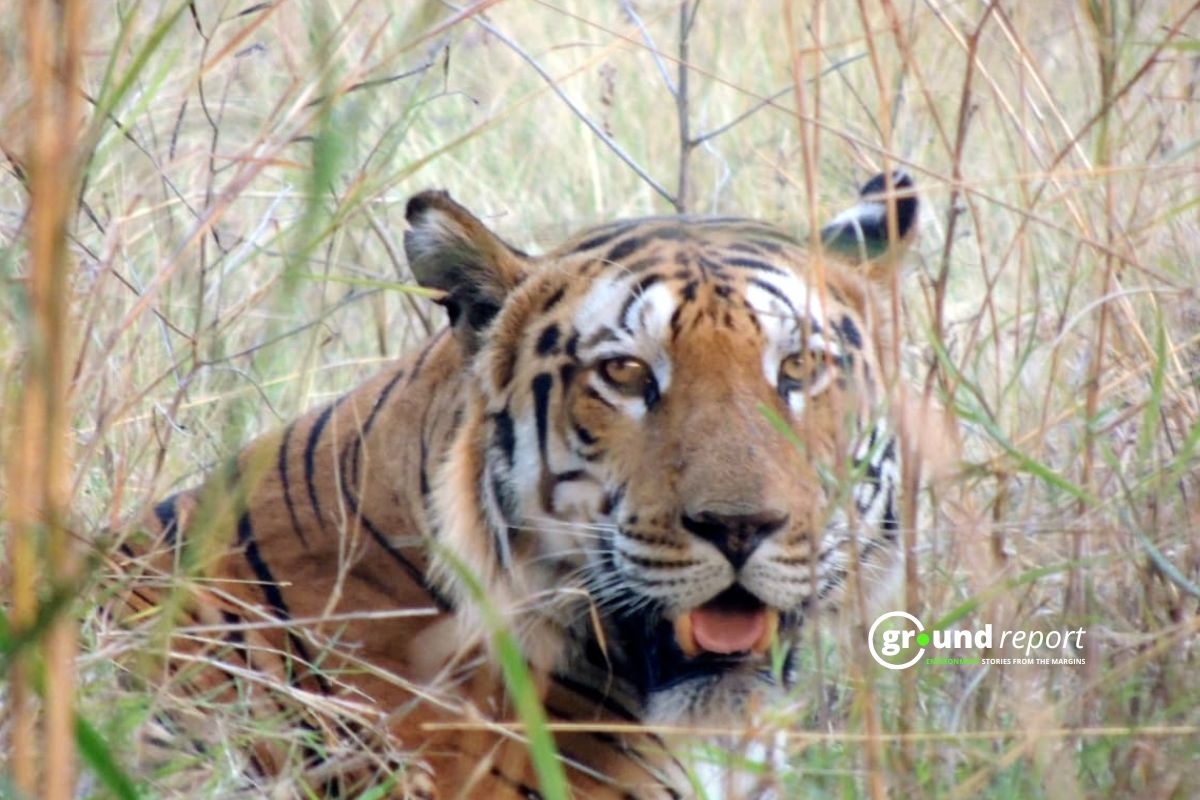One of the rarest and most attractive wild cat species, the Himalayan lynx or Eurasian lynx, was spotted in Leh-Ladakh. The 45-second clip shared by Parveen Kaswan showed a bobcat casually strolling by. Perhaps it was not a common sighting for the dogs, which continually barked at the animal.
Kaswan wrote, “A beautiful and rare animal found in India. In the Ladakh region. Not many have heard about it. Guess what. It’s a Himalayan Lynx. One of the rarest wild cat species found in India.
A beautiful and rare creature. Found in Leh-Ladakh. Other found in this zone are Snow leopards and Pallas cat.
Where to find Himalayan Lynx?
The Himalayan lynx, also known as Lynx lynx isabellinus or Himalayan lynx, is a subspecies of the Eurasian lynx. It is a medium-sized wild cat native to the high-altitude regions of the Himalayas, including parts of India, Nepal, Bhutan, and Tibet. It is widespread from Central Asia, and continental South Asia to China and Mongolia.
They are adapted to living in cold, snowy mountainous environments and are typically found at elevations above 2,000 meters (6,500 feet).
Within their range, the Himalayan Lynx inhabits a variety of habitats, including forests, rocky outcrops, and alpine meadows.

The Himalayan lynx has a distinctive reddish-brown coat with black spots and stripes. Its fur is thick and soft, which helps it survive in the cold and snowy mountains. It has long black ear tufts, a short tail, and large legs with sharp claws for hunting prey.
The Himalayan lynx is a solitary and elusive predator that mainly hunts small mammals such as rodents, hares, and birds.
It has also been known to hunt larger game such as deer and goats when available. Due to its secretive nature, little is known about the behaviour and ecology of the Himalayan lynx.
The Himalayan lynx is classified as a vulnerable species by the International Union for Conservation of Nature (IUCN) due to habitat loss, poaching, and habitat fragmentation. Conservation efforts are focused on protecting their habitat and preventing hunting and poaching.
Interesting facts about Himalayan Lynx
The four species, the Canadian lynx, the Iberian lynx, the Eurasian lynx or the wildcat are the genus Lynx of medium-sized wild cat.
The name ‘lynx’ was derived from Middle English via the Latin of the Greek word originating from the Indo-European root. The species was named in reference to the luminescence of its reflective eyes.
- The Himalayan Lynx is one of four subspecies of the Eurasian Lynx, which is found throughout Europe and Asia.

- The Himalayan Lynx has a thick, soft fur coat that protects it from cold temperatures and harsh winds in its mountainous habitat.
- The Lynx is primarily a nocturnal hunter and is most active at dawn and dusk.
- Lynx is a skilled hunter, capable of stalking and ambushing prey with great stealth and agility.
- Lynx is an important predator in its ecosystem, helping to control populations of smaller animals like rodents and birds.
- The Lynx is a highly adaptable species, able to live in a range of different habitats, from dense forests to rocky mountainous terrain.
- The Himalayan Lynx is a solitary animal, with males and females only coming together during the breeding season.
- The Himalayan Lynx has a lifespan of around 10-12 years in the wild.
- The Lynx is a shy and elusive animal that is rarely seen by humans. It is an important symbol of the fragile ecosystem of the high mountains of Asia.
- Efforts are underway to protect the Himalayan Lynx and its habitat through conservation measures such as anti-poaching patrols, habitat restoration, and education and awareness campaigns.
Keep Reading
Part 1: Cloudburst in Ganderbal’s Padabal village & unfulfilled promises
India braces for intense 2024 monsoon amid recent deadly weather trends
Support us to keep independent environmental journalism alive in India.
Follow Ground Report on X, Instagram and Facebook for environmental and underreported stories from the margins. Give us feedback on our email id greport2018@gmail.com.
Don’t forget to Subscribe to our weekly newsletter, Join our community on WhatsApp, and Follow our YouTube Channel for video stories.









